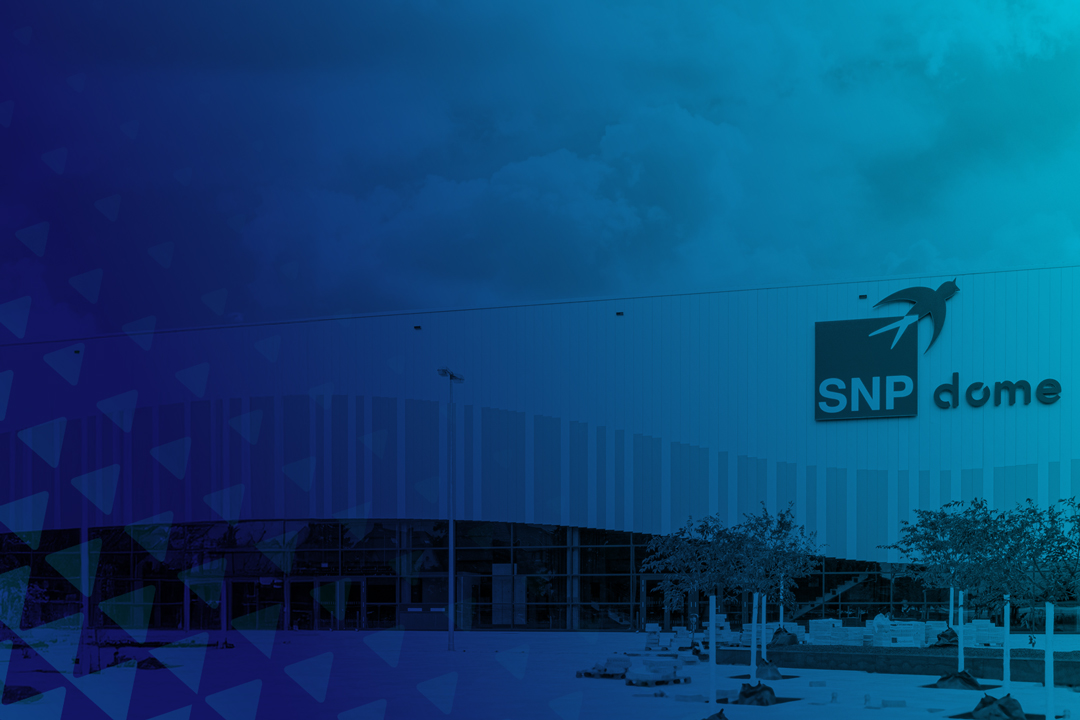How efficient data management drives real ESG progress
Data efficiency is more than an IT goal. It’s a direct path to real ESG progress. See how Kyano helps organizations reduce energy use, extend hardware life, and make sustainability part of their daily operations.
Share
Data growth shows no sign of slowing, and neither does the energy required to support it.
Every terabyte stored and every legacy system kept alive adds to the electricity, cooling, and hardware your business depends on. Over time, that digital footprint becomes a physical one, measured in rising costs and carbon emissions.
In SAP environments, decades of transactional and historical data accumulate across systems. Managing that growth efficiently not only supports ESG goals but also ensures faster upgrades, smoother S/4HANA transitions, and reduced total cost of ownership.
Across industries, sustainability is now a boardroom priority. But real progress doesn’t start with reports or frameworks. It begins with how you manage the systems that power your business every day.
With the right data management strategy including active archiving, housekeeping, and application retirement, you can cut energy use, extend hardware lifespan, and improve system performance. And all that while contributing to the environmental dimension of your organization’s ESG goals.
Key takeaways:
- Sustainable IT begins with efficient data management.
- Every byte deleted or archived reduces energy demand and emissions.
- Cleaner systems deliver measurable environmental and business value.
Taken together, these actions turn sustainability from an abstract goal into measurable progress. The next step is understanding how data efficiency directly supports that change.
Why sustainable IT starts with data
Modern IT landscapes generate massive amounts of information every day. From transactional records to unstructured files, logs and protocols, data keeps accumulating, and so does the energy needed to store, process, and protect it.
Every gigabyte consumes real resources, including electricity to power servers, cooling to prevent overheating, and hardware that must eventually be replaced. As data volumes grow, so do carbon emissions and operating costs.
That is why sustainable IT begins with managing what already exists. Reducing redundant, obsolete, or technical data (that quickly loses any business value) directly lowers the demand for computing power and storage capacity.
The results are clear:
- Lower energy use and cooling requirements
- Longer hardware lifespan
- Reduced operating costs
Efficient data management also delivers measurable business value. Cleaner systems run faster, upgrades take less time, and compliance processes become simpler.
When organizations align efficiency with responsibility, sustainability follows naturally. The Kyano platform makes that alignment practical and easy to achieve.
Kyano Housekeeping: Clean data for cleaner operations
Over time, every IT system accumulates digital clutter, which can strain storage systems and increase energy use. Things like:
- old technical and statistical records,
- duplicate storage of data,
- or temporary data pile up,
can slow performance, drive up costs, and quietly expand your carbon footprint.
Kyano Housekeeping automates data deletion by identifying and removing redundant or obsolete data. It ensures that only what is truly needed remains active, keeping systems lighter and more efficient.
By reducing data volumes, you also lower compute demand, storage needs, and cooling requirements. This gives you clear wins in terms of both performance and sustainability.
The operational benefits are immediate:
- Systems run faster and remain more stable
- Maintenance and upgrades take less time
- Infrastructure and energy costs go down
With Kyano, housekeeping becomes more than a technical routine. It's a simple, measurable way to make your IT operations cleaner, leaner, and more sustainable.
The same principle applies to long-term storage. Once active data is clean, the next step is managing vital information that is rarely used but still needs to be retained.
Kyano Outboard ERP Archiving: Optimize storage to extend hardware life
After unnecessary data is removed, attention shifts to information that still matters but is no longer used in daily operations. Storing it in high-performance systems wastes energy and shortens hardware life.
Kyano Outboard ERP Archiving moves this cold, infrequently accessed data to a cost-efficient storage solution. This approach keeps core systems agile while ensuring archived records remain accessible whenever needed.
By optimizing how and where data is stored, your business can:
- Reduce strain on high-performance infrastructure
- Extend the lifespan of existing hardware and delay new purchases
- Lower energy consumption and cooling requirements
Active archiving is a smart operational move and key sustainability step. It prevents unnecessary expansion, minimizes e-waste, and turns storage efficiency into measurable environmental progress.
Once data is archived efficiently, the final step toward sustainable IT is dealing with everything that no longer needs to run at all: the legacy applications that still consume resources behind the scenes.
Kyano Datafridge: Retire old applications sustainably
Every organization has applications that have outlived their purpose. They sit idle, still connected to old databases, consuming power and maintenance hours without delivering value. Retiring them safely is one of the most effective ways to reduce both costs and environmental impact.
Kyano Datafridge helps organizations decommission these legacy systems in a structured and compliant way. Historical data is preserved securely for audit and reporting access in modern, dedicated archive storage platforms, so information remains available without keeping full systems online.
By shutting down unused applications, you can:
- Lower server and storage demands
- Cut maintenance and cooling costs
- Reduce electronic waste from unnecessary hardware
Application retirement frees up IT resources and minimizes your carbon footprint while keeping your data history intact. The next question is where your data lives – on your own servers or in the cloud – and why sustainability matters in both cases.
Taken together, Kyano Housekeeping, Outboard ERP Archiving, and Datafridge cover the full data lifecycle – from cleansing and archiving to decommissioning. All three are part of SNP’s Kyano platform, which connects efficiency, performance, and sustainability in one integrated environment.
On-premise or private cloud: Efficiency equals sustainability
Whether your systems run in your own data center or in a private cloud, every piece of data still consumes real-world resources. While cloud providers often operate with greater efficiency than on-premise data centers, servers still need power, storage needs cooling, and hardware eventually needs replacing. Efficient data management remains essential in both environments.
Here’s how efficient data management supports sustainability in both setups:
| Environment | Impact on IT operations | ESG impact |
| On-premise | Smaller data volumes reduce server count, cooling needs, and electricity consumption. | Lower operational costs and energy demand, longer hardware lifespan. |
| Private cloud | Leaner data landscapes require less computing power and storage from providers. | Lower emissions and optimized resource allocation at the provider’s site. |
When organizations manage their data wisely, they reduce their footprint regardless of infrastructure. Efficiency always equals sustainability, no matter where your data lives.
The final step is connecting all these actions into one clear message: Sustainable IT is achievable, and it starts with everyday data decisions.
Final thoughts: Make sustainable IT part of everyday operations
Sustainability can begin with practical steps inside your IT landscape.
By managing data responsibly, organizations like yours can make measurable progress toward their ESG goals while improving system performance and reducing costs.
The Kyano platform makes this connection between efficiency and sustainability tangible. Whether it is housekeeping, archiving, or retiring old systems, each action reduces energy use, extends hardware life, and minimizes waste.
Together, these steps create cleaner, faster, and more resilient IT environments.
Your next steps toward sustainable IT
- Assess your data landscape: Identify redundant, obsolete, and trivial data that can be safely removed.
- Plan regular housekeeping cycles: Schedule cleanups to keep systems efficient and prevent new data buildup.
- Archive strategically: Move inactive data to a lower-cost storage solution without losing access or compliance.
- Retire unused systems: Decommission legacy applications to cut hidden energy use and maintenance costs.
- Track the impact: Monitor reductions in storage, energy use, and hardware demand to measure ESG progress.
Sustainable IT starts with the decisions you can make today, supported by tools that make efficiency and environmental responsibility work together.






